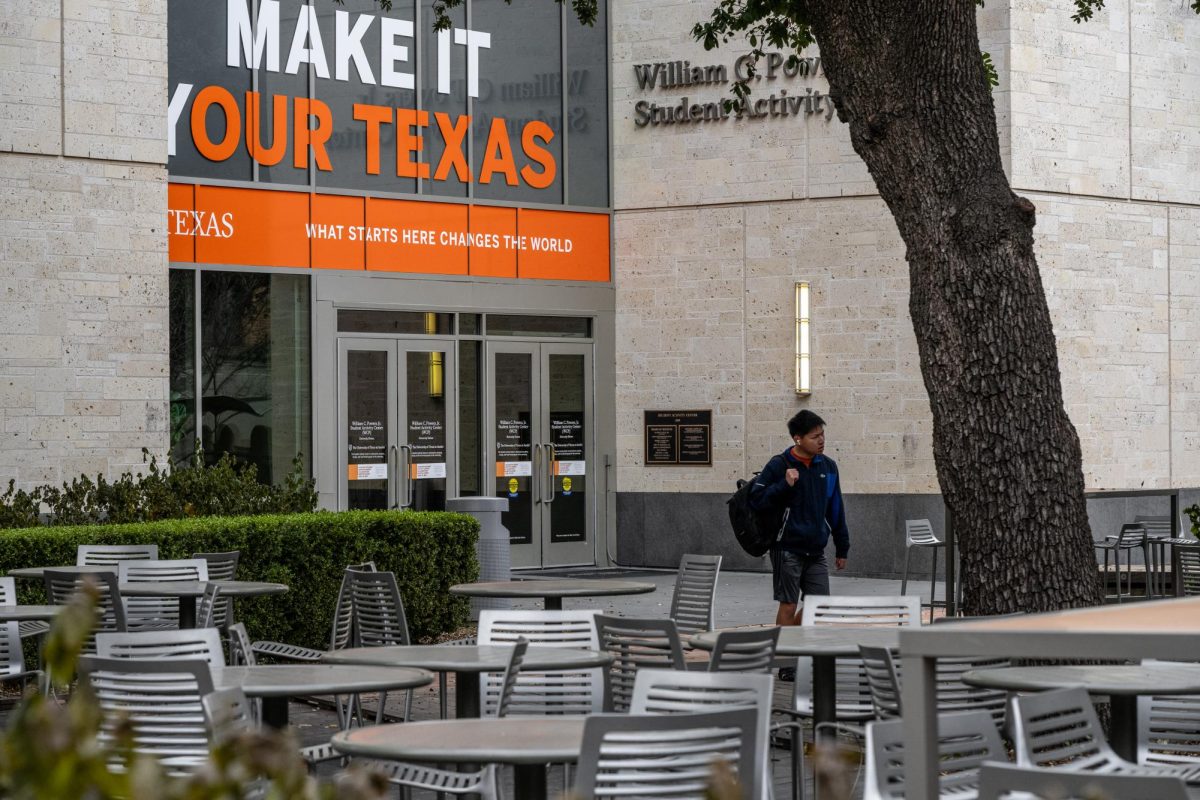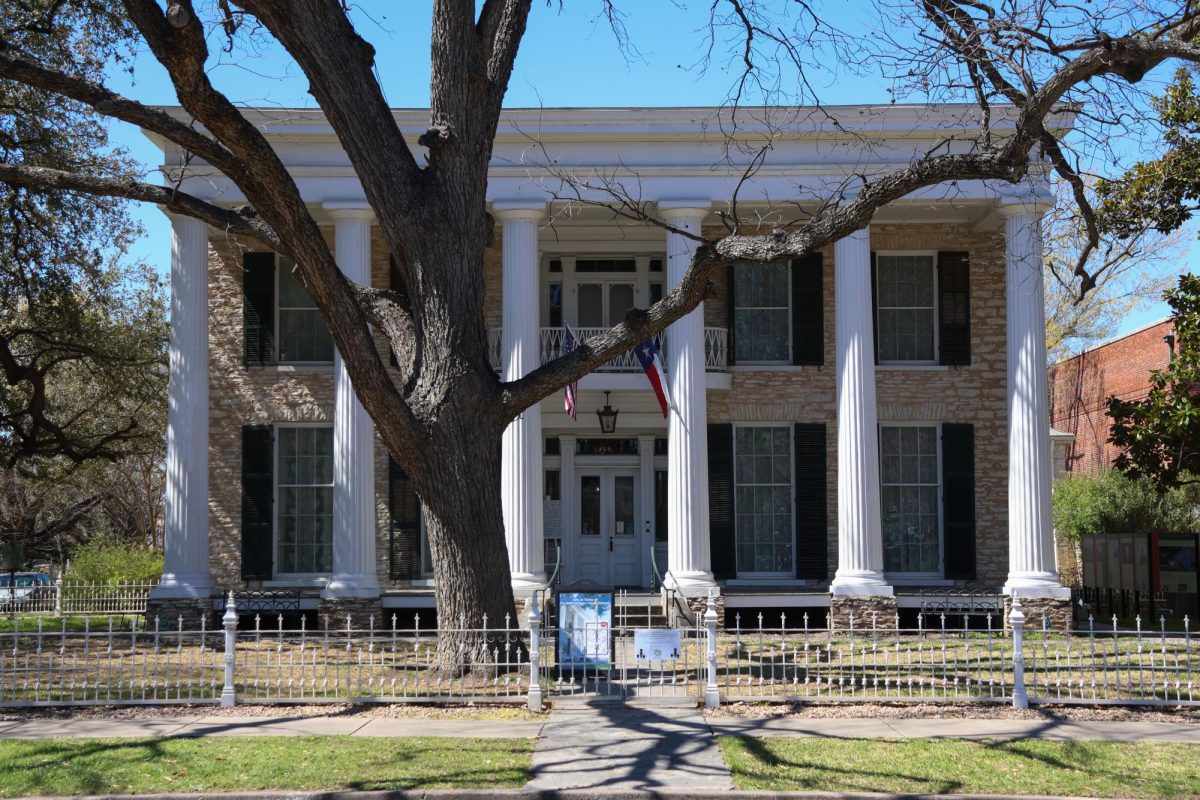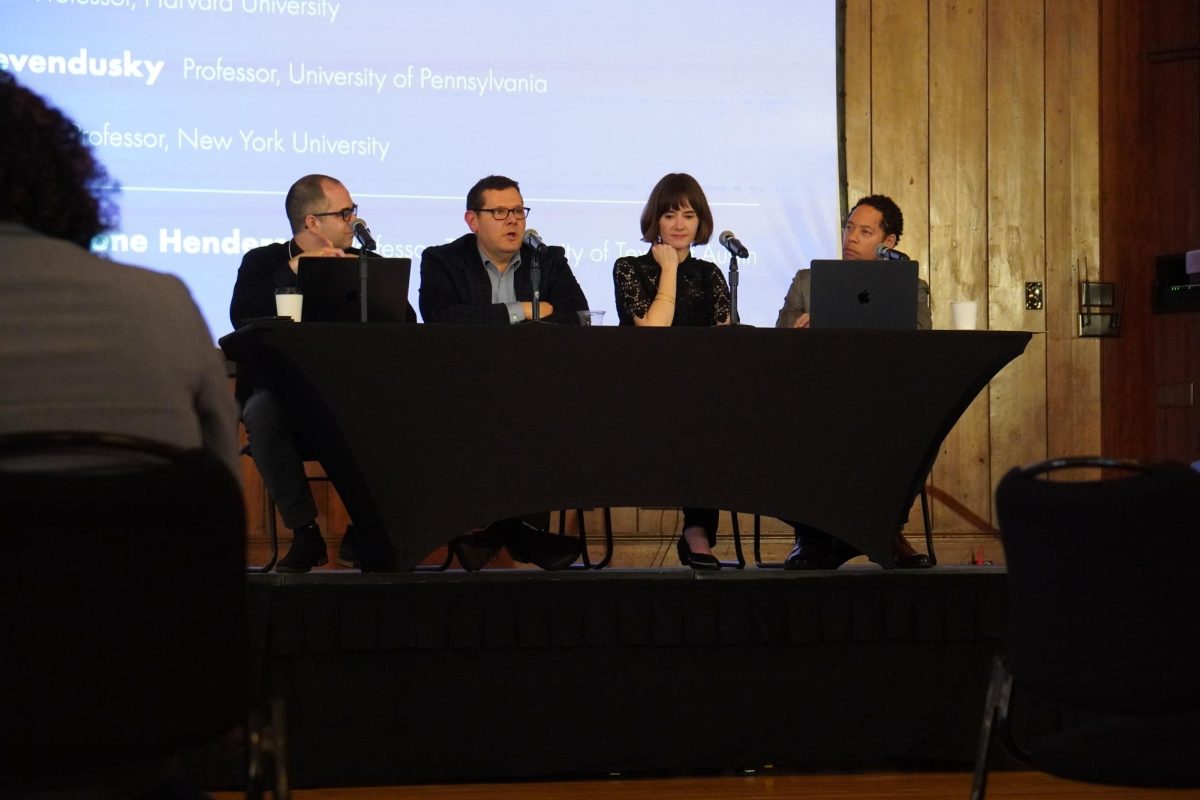Austin’s emergency call system may need further planning and revision, members of the Public Safety Commission said in a meeting Monday.
Concerns about the 911 system include a lack of full-time employees, the possibility of “Next Generation” text-in calls and the number of Emergency Medical Services or Fire Department units to dispatch upon each call.
“We have 79 full-time operational staff members who are used not only for 911 calls, but for teletype, non-emergency, payroll and other areas,” said Marcia Brooks, Austin Police Department emergency communications manager. “We are in need [of] additional spots because they are spread very thin.”
Despite a need for additional personnel, dispatchers answered 96.6 percent of the 798,346 answered calls in less than 10 seconds, she said. In the late hours of the night, about 15 dispatchers work to answer all 911 calls and 25-30 work at any other time of the day, she said.
Of the 815,990 total 911 calls attempted in 2010, 17,644 were abandoned — a problem attributed to a lack of available agents to answer 911 calls at any time of the day, Brooks said.
“If the emergency call is for the police, we keep the call and process it,” Brooks said. “If not, we transfer them to fire or EMS. We hand off approximately 10 to 15 percent of all calls, but the majority are directed toward the police.”
Public Safety Commissioner Aman Bandali said to make up for the lack of employees, AFD, EMS and police dispatchers could be trained to respond to a broad range of calls, rather than a single area.
“If we can train them, we won’t need a middle person, we can just send the units off straight [away],” Bandali said. “I think we’d be saving a lot of resources and tax dollars.”
Updated emergency call technology is expected in the spring and will include more accurate tracking and recording of cell phones and landlines. The technology would replace the 40-year-old system currently in use, which routes calls across phone lines.
The possibility of text-in 911 calls from mobile devices, or “Next Generation 911,” is in the pre-production stages. The new system would be operated through a different type of technology, and there is no guarantee when it will be standardized, Brooks said.
Another concern for the future of Austin’s 911 system involves the dispatch of AFD and EMS in response to emergency calls, an ongoing debate from the commission’s December 2010 meeting.
“The debate is over what we practice, and what the industry standard is,” AFD spokesperson Michelle DeCrane said. “We almost always send two units to respond to calls, but the crux of the debate is if we really need two or if we should just send one and allow another to remain available to respond to other calls.”
The commission will continue to discuss methods of improving the emergency call system in future meetings.




















